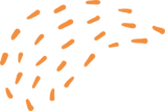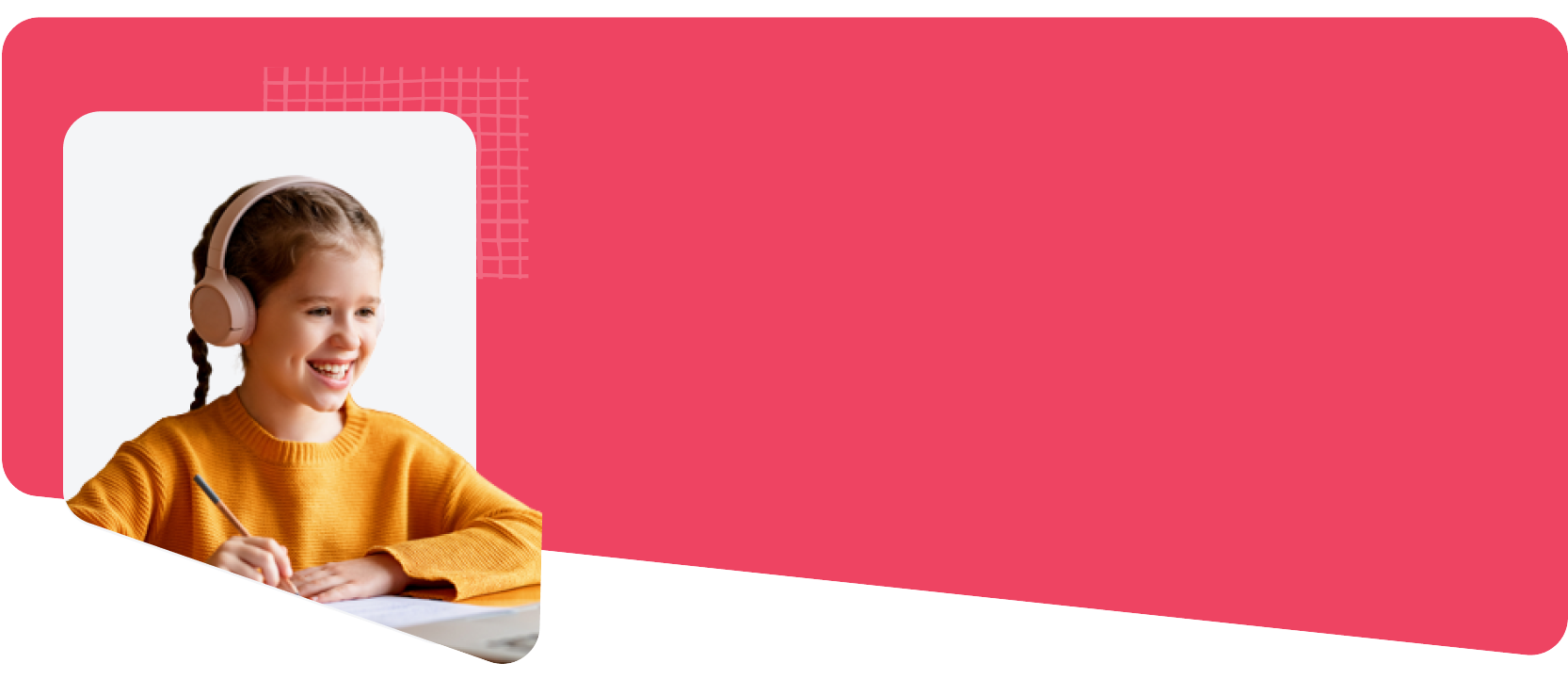Some kids can sound out a word one moment, then completely blank on it the next. It’s confusing, sometimes upsetting, and makes you wonder what’s going on. The truth is, many reading challenges stem from how the brain stores and retrieves words.
This pattern, where progress feels shaky and inconsistent, is particularly persistent in children with reading difficulties, such as dyslexia.
Reading difficulties affect more children than many parents realise. One survey estimates that dyslexia affects approximately 10% of the Australian population. However, it's a ballpark figure. The actual figure would be much higher, as the majority of cases remain undiagnosed.
Thankfully, through science-backed processes like orthographic mapping, reading can become more manageable for the struggling children.
In this guide, you will learn in detail about how orthographic mapping works and how to support your child's reading development through evidence-based strategies.
TL;DR:
-
Orthographic mapping is how the brain links a word’s sound, spelling, and meaning for instant recognition.
-
It’s not a skill you teach directly, but it depends on strong phonemic awareness and letter-sound knowledge.
-
Decoding helps children build their word memory - frequent reading and writing make these connections stick.
-
Activities like phoneme-grapheme mapping, decodable texts, and word study support the mapping process effectively.
-
Building a large sight word vocabulary through orthographic mapping enables children to read faster, more smoothly, and with less frustration.
Before we talk about orthographic mapping in reading, we need to understand the orthographic lexicon (Or sight word vocabulary).
Sight Words - The Foundation of Orthographic Mapping in Reading
Think of sight words as your child's mental dictionary of words they can recognise instantly without sounding out.
The orthographic lexicon is a storage system in the brain where written words are kept as complete units (Ehri, 2005). When your child sees the word "cat," they don't decode c-a-t anymore. Instead, they retrieve the entire word from memory in a split second.
This mental “word bank” is what fluent readers rely on. They don’t have to pause and decode common words like school, play, or because they just know them. Those words have been mapped, stored, and are ready for immediate recognition.
Important Points to Remember:
-
The orthographic lexicon does not store pictures of words. It stores letter patterns that are associated with sounds and meanings.
-
Words only enter this “bank” after repeated exposure and correct processing, not just by seeing them, but by connecting how they look, sound, and mean.
-
A fluent reader may have tens of thousands of words stored in this area (Kilpatrick, 2018).
What Makes a Word Part of Sight Vocabulary?
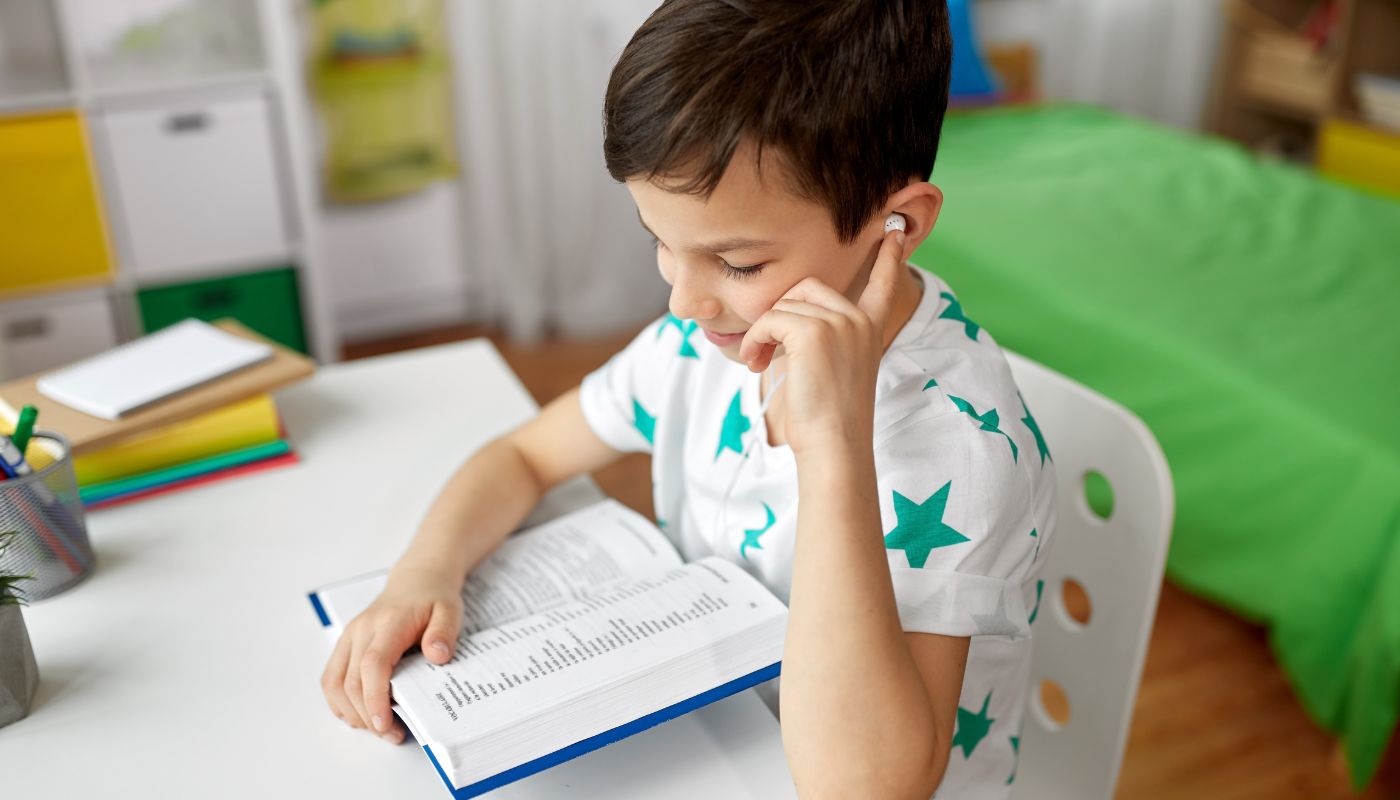
Research shows that words become sight words through repeated exposure and successful phonetic decoding. Here's how it works:
First Encounters:
-
Child sees "light" and sounds out l-i-gh-t
-
The brain connects the letter pattern to the sound pattern
-
Meaning gets attached to both
After Multiple Exposures:
-
Word becomes automatically recognized
-
No conscious decoding needed
-
Instant retrieval from orthographic lexicon
Note: Orthographic mapping is how the brain builds a permanent link between a word’s sound, spelling, and meaning, not just memorizing how it looks.
The Difference Between Memorized and Mapped Words
It’s easy to think that sight words are simply memorized, but there is a crucial distinction:
|
Memorized Words |
Orthographically Mapped Words |
|
Learned through repetition |
Learned through letter-sound connections |
|
Fragile memory trace |
Permanent storage |
|
Easily forgotten |
Retained long-term |
|
Limited transfer to spelling |
Supports both reading and spelling |
Example: A child who memorizes "said" might struggle with "says" because they haven't mapped the letter patterns. A child who orthographically maps "said" understands the s-a-i-d pattern and can apply this knowledge to similar words.
This distinction explains why some children read fluently but struggle with spelling, while others develop both skills together. Now let's examine the actual process behind this remarkable brain function.
What Is Orthographic Mapping (OM) and How It Works

Orthographic mapping is the mental process the brain uses to store words so they can be recognized instantly, without sounding them out each time. The map connects three parts of a word (Ehri, 2014):
-
The way a word sounds (phonemes),
-
The way it is spelled (graphemes), and
-
What the word means (semantics).
The Three Essential Components of Orthographic Mapping:
1. Phonemic Awareness: The ability to hear and manipulate individual sounds in words. Without this, children struggle to connect letters to sounds accurately.
Example: Recognizing that "cat" has three sounds: /c/ /a/ /t/
2. Letter-Sound Knowledge: Understanding which letters represent which sounds, including complex patterns like "igh" in "light."
Example: Knowing that "ph" makes the /f/ sound in "phone"
3. Orthographic Pattern Recognition: Recognizing common letter sequences and how they behave in different positions.
Example: Understanding that "ck" appears at the end of words like "back" but never at the beginning.
Also read: Understanding Phonemic Awareness in Reading
The Orthographic Mapping Process Step by Step
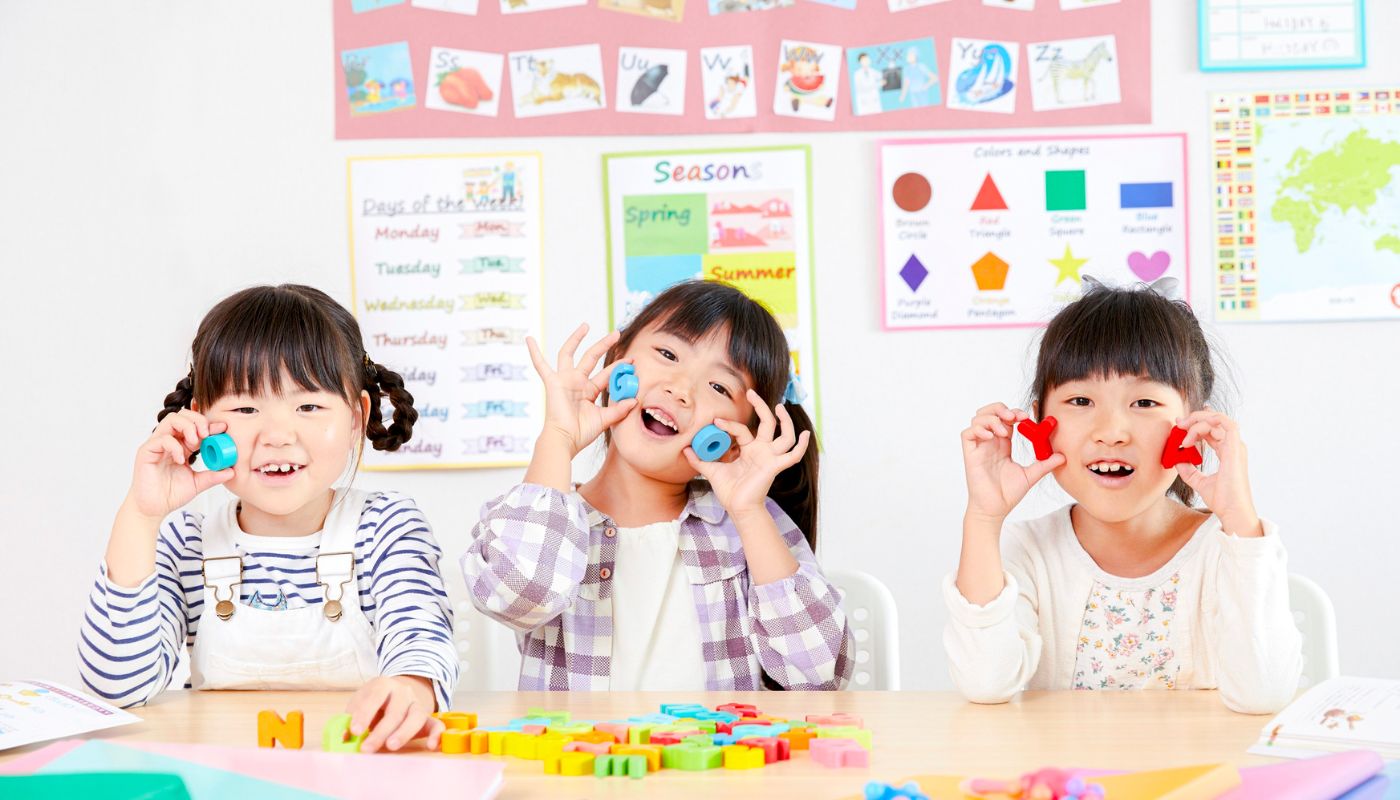
When a child encounters a new word, here's what happens in their brain (Kilpatrick, 2015):
-
Visual Input: Eyes see the letter sequence
-
Phonological Processing: The Brain accesses the sound pattern
-
Connection Formation: Letters get bonded to sounds
-
Meaning Integration: Word meaning gets attached
-
Storage: The Complete word unit goes into the orthographic lexicon
Let’s take the word "night" for example:
-
Child sees n-i-g-h-t
-
Retrieves sounds /n/ /ī/ /t/
-
Connects "igh" spelling to /ī/ sound
-
Links to meaning (opposite of day)
-
Stores complete unit for instant future recognition
The Importance of Orthographic Mapping
Orthographic mapping is not merely a reading trick; it’s how fluent reading happens.
Without orthographic mapping:
-
A child may sound out the same word over and over, but never store it for instant recognition.
-
Reading stays slow and effortful because each word feels new again.
-
Vocabulary and comprehension may fall behind, since mental effort is tied up in decoding.
With orthographic mapping:
-
Words get stored in long-term memory quickly and accurately.
Instead of needing to sound out the same word repeatedly, children begin to recognise it instantly after just a few correct exposures.
-
Reading becomes smoother and faster.
When more words are instantly recognized, reading feels more natural. Children can move through sentences without pausing at every word.
-
Children can focus on meaning, not just figuring out the words.
Less brain energy goes into decoding, so they can pay more attention to what the text is actually saying.
-
Spelling improves because they understand how sounds connect to letters.
When children know why a word is spelled a certain way, they’re more likely to spell it correctly on their own.
-
Confidence builds over time, since reading feels less effortful.
As words become familiar and easier to read, frustration decreases and motivation grows.
-
Vocabulary grows naturally, as more words are recognized automatically.
The more words a child can read without hesitation, the more they can understand and use in everyday language.
-
Reading comprehension strengthens because less energy is spent on decoding.
With decoding handled, children can think about what’s happening in the story, make inferences, and draw connections.
-
Learning new words takes less time, especially when phonemic awareness is strong
A solid grasp of sounds and letter patterns helps children map unfamiliar words faster and more accurately.
-
Fewer repeated mistakes occur, even with tricky or longer words.
Once a word is mapped, it sticks. Children are less likely to forget or misread it again.
Also read: Understanding Word Mapping in Reading
Why Some Children Struggle With Orthographic Mapping
There are several factors that can disrupt orthographic mapping:
-
Weak Phonemic Awareness:
-
Difficulty hearing individual sounds
-
Struggles with blending and segmenting
-
Impacts: Can't form accurate letter-sound connections
-
Incomplete Letter Knowledge:
-
Confusion between similar letters (b/d, p/q)
-
Gaps in sound-symbol relationships
-
Impacts: Faulty connections stored in memory
-
Processing Speed Issues:
-
Slow phonological processing
-
Difficulty holding sound patterns in working memory
-
Impacts: Connections fail to form or become permanent
The Role of Phonological Recoding in Reading
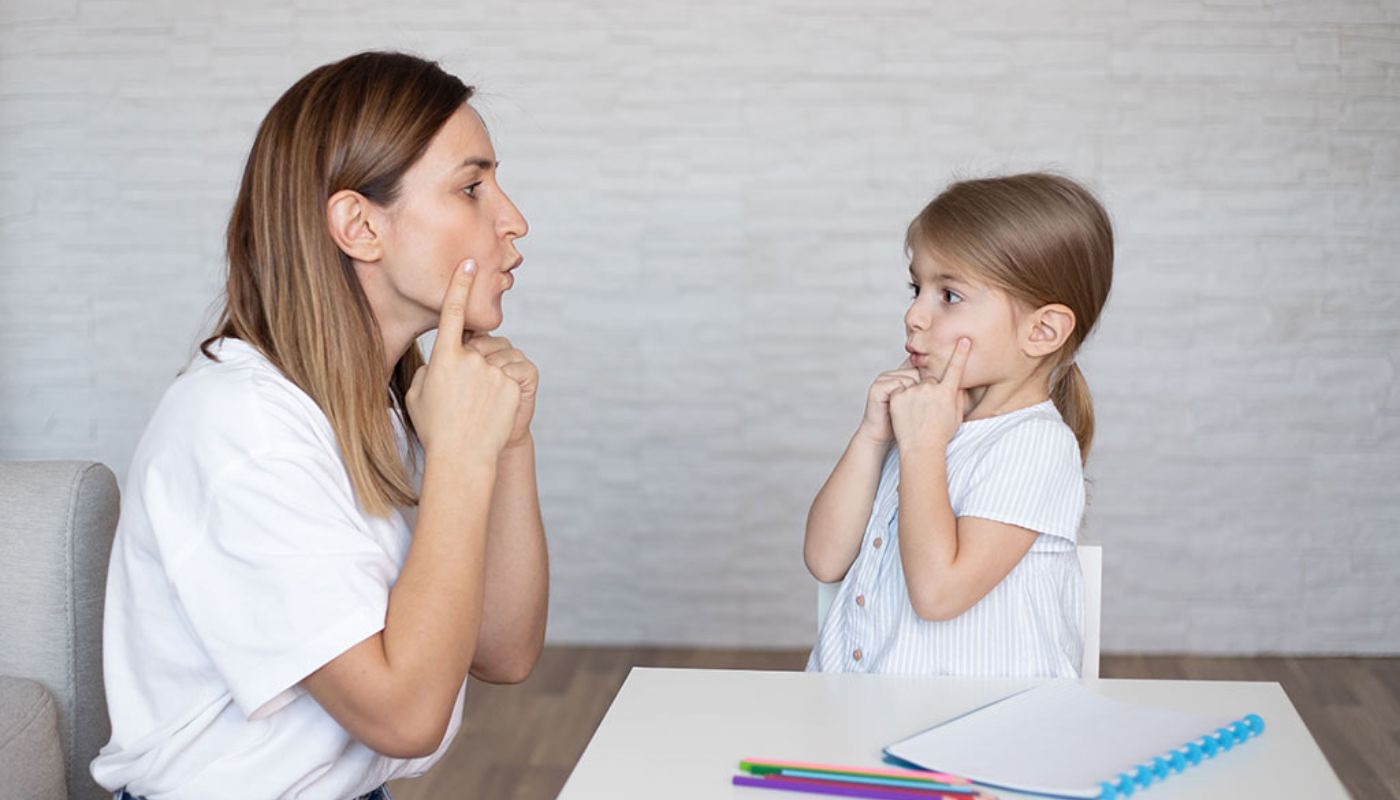
Share's self-teaching hypothesis explains how children become independent readers through phonological recoding. Each time a child successfully sounds out a word, they:
-
Strengthen the connection between spelling and sound
-
Build their orthographic lexicon
-
Develop reading independence
The Research Evidence: Studies show that children need approximately 1-4 successful decoding experiences to map a word (Reitsma, 1983) orthographically. However, this varies based on:
-
Word complexity
-
Child's phonemic awareness strength
-
Quality of phonics instruction received
How to Teach Orthographic Mapping
It’s important to clarify up front: orthographic mapping is not something we “teach” directly. It's not a worksheet or a one-off activity.
Instead, it's a mental process, a way the brain permanently links a word’s spelling to its sound and meaning, so it can be recognised automatically during reading.
But while you can’t teach orthographic mapping itself, you can absolutely teach the skills that make orthographic mapping possible. And when you do that systematically, starting as early as preschool, it gives children the tools they need to recall thousands of words over time.
Let’s break it down clearly.
-
Start With the Building Blocks
Orthographic mapping only develops when a child has:
-
Strong phonemic awareness – the ability to hear and manipulate the individual sounds in words.
-
A good understanding of grapheme-phoneme correspondences (GPCs) – knowing which letters represent which sounds.
If a child cannot clearly hear the sounds in "dog" or confuses the order of sounds in "pot" vs. "top," the mapping process will stall. This is why early reading instruction must focus heavily on helping children segment (break apart) and blend (put together) sounds in spoken words.
This can start as early as preschool through oral sound games. As they develop letter-sound knowledge, phoneme-grapheme mapping activities can be introduced using tools like Elkonin boxes. These help children visually match each sound they hear in a word to the correct letter or letter group.
For example, the word ship can be broken into three sounds - /sh/, /i/, /p/—and each sound placed in its own box. Over time, children learn to match those sounds to the letters sh, i, and p, laying the foundation for orthographic mapping.
-
Support Through Explicit Phonics Instruction
Children don't memorize every word they encounter; they learn them by decoding. When a child successfully sounds out a new word, their brain is already doing the mapping work. They start matching letter sequences to familiar sounds and linking them to meaning stored in memory.
This is why decoding is so important. And regular exposure to decodable texts - books that stick closely to the letter-sound patterns children are learning, gives them repeated chances to practice this process in real time.
Even irregular words like friend are learned this way.
While they can’t be fully decoded using rules, most have at least some predictable parts (in friend, every letter except the “i” follows a regular pattern). Children use partial decoding to match the word to its spoken equivalent in context.
Also read: Mastering Reading Comprehension: Books and Strategies for Every Classroom.
-
Practice, Practice, and More Practice
For a word to be permanently stored, a child usually needs to see it in print just a few times - if they’re decoding it correctly. That means daily reading opportunities are essential.
The goal is not to drill word lists, but to offer rich, meaningful encounters with print where decoding, spelling, and word meaning come together naturally. This is where integrated instruction becomes key.
Some practical methods include:
-
Blending and segmenting tasks that involve real words and familiar patterns.
-
Spelling practice that reinforces the same letter-sound relationships found in reading.
-
Exposure to decodable texts that repeat and reinforce key GPCs.
-
Reading aloud and discussing words in context to build both decoding skills and word meaning.
Programs like FunFox’s Readers Club help children build the skills needed for orthographic mapping by giving them regular practice with reading, word work, and vocabulary-building activities. Small-group lessons keep it engaging, while repeated exposure to text helps words stick over time.
Also read: Strategies to Improve Reading Skills for Kindergartners
-
Teach Phoneme Manipulation Once the Basics Are in Place
In the early stages (Prep to Year 1), children should focus on basic segmenting and blending. As their phonemic awareness grows stronger, more complex tasks like deleting, substituting, or swapping sounds can be introduced.
For example:
-
Change the /b/ in bat to /c/ to make cat
-
Take the /s/ off spin to make pin
These exercises reinforce the idea that each sound has a specific place in a word and that changing even one letter changes the whole meaning. This deepens the brain’s ability to store words accurately and flexibly.
-
Support Reading With Writing and Vice Versa
Reading and spelling feed into each other. When children learn how a word is spelled, it reinforces how it’s read and vice versa. Seeing and spelling a word helps children connect its pronunciation with its written form, making it easier to recognize in future encounters.
Some effective practices:
-
Have children write words they’ve read, not just say them.
-
Use word study sessions that mix reading, spelling, and discussing meaning.
In short, strong spelling reinforces reading, and writing gives children more chances to practise the words they know.
FunFox’s Writers Club builds these skills through small-group creative writing sessions led by trained teachers.
With weekly feedback and engaging activities, kids grow into confident, capable writers who enjoy the process.
Final Thoughts
Many children struggle with reading not because they’re lazy or uninterested, but because their brains haven’t yet formed the right connections.
Orthographic mapping helps explain why some kids need more time, practice, and the right kind of instruction to get there. Once those connections start to build, reading becomes less of a chore and more of a tool for thinking, exploring, and understanding.
At FunFox Program, both our Readers Club and Writers Club are designed to support these core skills through small-group sessions that mix reading, spelling, vocabulary, and writing in fun, interactive ways. With structured feedback, engaging materials, and a peer-based environment, children grow more confident with every word they read or write.
Both programs use games, collaborative activities, and personalized feedback to make skill-building feel like play rather than work.
When your child sees reading and writing as enjoyable adventures rather than academic challenges, they naturally engage more deeply with the letter-sound connections that fuel orthographic mapping.
You can book a free trial class with one of our experienced teachers to see where your child stands and how we can help them grow at their own pace.
It’s a simple first step that could make all the difference in how they read, write, and feel about learning.
FAQs
-
What is orthographic mapping?
Orthographic mapping is the brain process that stores written words in long-term memory for instant recognition. It connects letter patterns to sounds and meanings, allowing children to read words automatically without sounding them out.
-
What are examples of orthographic mapping activities?
Orthographic mapping cannot be directly taught through specific activities. However, you can support it by building foundational skills like phonemic awareness games, sound box exercises, systematic phonics practice, and repeated reading of decodable texts.
-
What is the difference between orthographic mapping and decoding?
Decoding is the process of sounding out words letter by letter. Orthographic mapping is what happens after successful decoding - the brain stores the word for instant recognition. Decoding is temporary; orthographic mapping creates permanent word storage.
-
What are the four processors of orthographic mapping?
The four processors of orthographic mapping are:
-
Phonological processor (recognizing sounds),
-
Orthographic processor (recognizing letter patterns),
-
Meaning processor (understanding word definitions),
-
Context processor (using sentence context to confirm word identity).
-
What are the three aspects of orthographic mapping?
The three key aspects of orthographic mapping are:
-
Phonemic awareness (hearing individual sounds)
-
Letter-sound knowledge (connecting letters to sounds)
-
Orthographic pattern recognition (spotting common letter groups and their positions in words).

